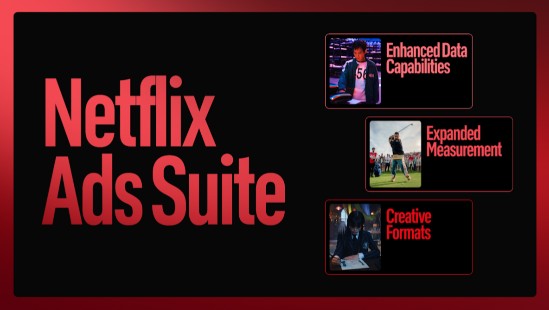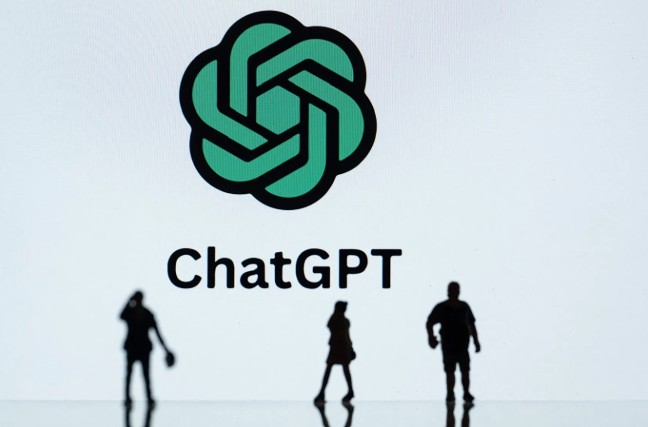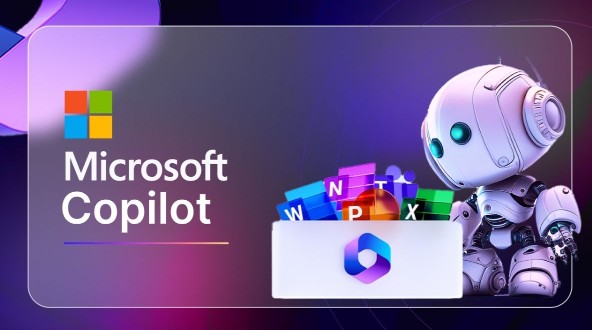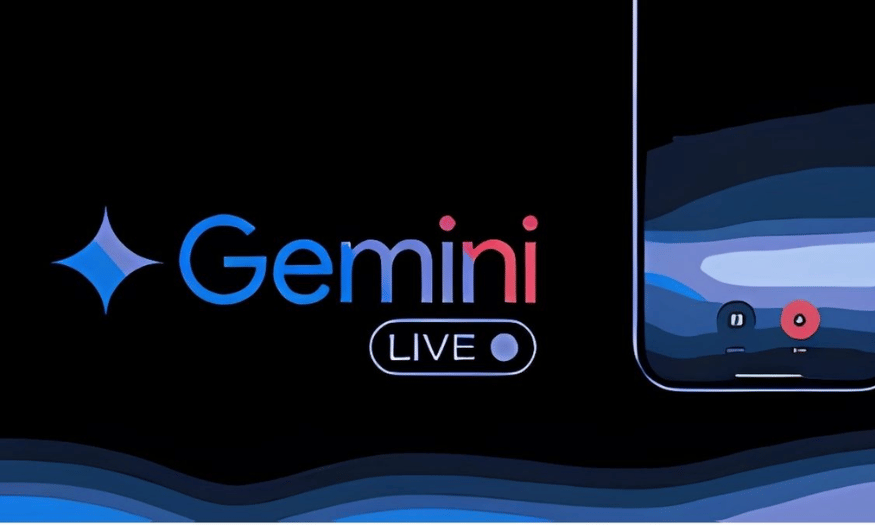Best Selling Products
Netflix Prepares to “Cover” AI Advertising: Should Users Be Worried?
Nội dung
Netflix was initially notable for its ad-free model, which set it apart from traditional TV platforms. However, since launching an ad-supported plan in 2022, the company has begun to make clear its ambition to tap advertising as a significant revenue source alongside subscriptions.

For more than a decade, Netflix has been the poster child for ad-free viewing, where users can pay for a subscription to enjoy thousands of titles without interruption. But that peace seems to be facing a major turning point.
Netflix recently announced that it is rolling out a completely new advertising system that uses generative artificial intelligence. While this move promises to bring “smarter” advertising experiences, it comes with concerns about how intrusive and how it will affect the traditional viewing experience. So what exactly is Netflix’s AI advertising system? How will users be affected? And will this open a new chapter where advertising becomes an unavoidable part of all online content?
1. AI Advertising
Netflix was initially notable for its ad-free model, which set it apart from traditional TV platforms. However, since launching an ad-supported plan in 2022, the company has begun to make clear its ambition to tap advertising as a significant revenue source alongside subscriptions.
The next big step came last month when Netflix launched its own in-house ad platform to gain more control over ad delivery and personalization. The company has since gone one step further with its ad system that integrates generative AI, a technology that is changing the way brands reach consumers around the world.
Netflix asserts that their goal is not simply to “insert” ads but to “blend” them into the viewing experience so that users not only receive but also interact with ads in a more natural and engaging way.
.png)
2. How does the AI advertising system work?
Netflix is not simply integrating artificial intelligence into its advertising system as a support tool, but is building a new advertising model based on Generative AI, a form in which ads are created, personalized and embedded directly into the user's viewing experience in a way never before possible.
Buy Cheap Netflix Account
Two main ad formats:
Midroll overlays:
These are ads that appear during a movie, but they don’t interrupt the flow of a full-screen video like traditional ads. Instead, they’re small overlays on the screen that can display product information, interactive banners, or suggested content, all of which are cleverly designed to not completely disrupt the flow of the movie.
.png)
Pause overlays (ads when paused):
When users press “pause”, instead of simply stopping the image, an advertising layer will appear right on the frame, which can be an advertisement for a product related to the content being viewed or a promotion based on personal interests. This is a golden time for AI to take advantage of the viewer's attention.
Unlike the “obvious and easy to dismiss” ads on YouTube, Netflix’s new AI ads are designed to blend into content. They can use:
The colors and composition are like movie scenes,
The presentation style matches the Netflix interface,
Even link ad content to the story context.
This makes it harder for users to tell what is an ad and what is actually a piece of content, making ads more “invisible” and harder to avoid than ever.
.png)
Why is it considered "high penetration"?
Although the system's goal is to personalize ads to make them more "useful" to viewers, the reality is that many people find it annoying, because:
Appears suddenly, without warning, disrupting the experience.
Blending into the content too subtly makes it difficult for users to distinguish.
Personalization is too deep, based on habits, behaviors, viewing time and even emotions through mouse and remote interactions.
In the long run, this form can create a feeling of being “watched”, losing the feeling of freedom and privacy inherent in watching movies at home.
3. Who will be affected?
Netflix confirms: new AI ad system won't apply to users on ad-free plans. Here's the bottom line.
Specifically:
Ad-free (premium) plan users: Unaffected, continue viewing content seamlessly.
Users of the ad-supported package (cheap): Will be subjected to the automatic AI advertising system.
This means that the choice between “seamless experience” and “paying more” is becoming clearer. In the near future, if you don’t want to be “bombarded” with smart ads, you’ll be forced to upgrade.
Netflix insists that it “doesn’t force it on users,” but rather creates choice. But in reality, as its low-cost plans become more ad-heavy, users are increasingly being pushed into paying more.
4. Why did Netflix choose this time?
.png)
There are several strategic factors that have led Netflix to “accelerate” its AI advertising development:
Subscription revenue is stagnant : The market is saturated, attracting new subscribers is becoming difficult.
Fierce competition: Rivals like Disney+, Max, Amazon Prime are also integrating advertising into content with similar AI technology.
The cost of producing original content is skyrocketing: Netflix needs new funding to maintain content quality and produce exclusive movies.
In an official statement, a Netflix representative said: “We have the most engaged and focused audience of any platform, which gives us a huge advantage for advertisers and for ourselves.”
That is, instead of just being a content streaming platform, Netflix is gradually positioning itself as a “smart digital advertising platform” with an extremely valuable audience.
6. When should users prepare?
Netflix has confirmed that its AI-powered advertising system will be rolled out in 2026 and will be available in all countries where it currently offers ad-supported plans. This gives current users, especially those on budget plans, about 18 months to prepare for changes that could directly impact their viewing experience.
The time between now and the official launch will also be a period when Netflix will test users' reactions to overlay ads, their frequency of appearance, and their perception of how "disguised" the marketing content is. The data collected may help Netflix refine the way it displays ads, but it could also make the system more sophisticated and harder to avoid.
.png)
In that context, users should:
Stay tuned for official updates from Netflix regarding advertising policies
Re-evaluate your viewing habits: frequency of viewing, level of annoyance with advertising
Consider switching to an ad-free plan to keep the experience seamless if you feel the need.
Or compare with competing platforms like Disney+, Prime Video… to choose a more suitable solution.
All of this reflects a reality: the streaming world is changing, and users are increasingly faced with a clear dilemma: either pay more for privacy and peace of mind, or accept having ads infiltrate every moment of daily entertainment.
7. Is Netflix a pioneer or is it pushing users further?
There is no denying that Netflix is paving the way for a new era of advertising – where Generative AI technology not only creates content but also controls how ads interact with viewers. This is a revolutionary move, and once again affirms Netflix’s pioneering position in the digital entertainment industry.
However, the highly intrusive nature of AI advertising also raises many controversies. When users no longer clearly distinguish between entertainment and advertising – the line between experience and marketing is blurred – the feeling of being controlled and disturbed may increase.
Instead of ads that can be skipped after a few seconds, viewers are now faced with:
The ads have the ability to “blend” into the film in a subtle way, making it difficult to recognize.
Overly personalized advertising content, based on behavior, habits, and even mood – which can raise privacy concerns
Disruptions occur unexpectedly, affecting the emotional and seamless enjoyment of content.
.png)
While Netflix hopes users will embrace these new advertising experiences, the reality is that viewers are becoming more sensitive to being “tracked” and “interfered” with their personal entertainment behavior.
As such, Netflix may be walking a fine line between innovation and losing the trust of its users. While many may embrace the change, a significant portion may turn to other platforms where they feel they still have control over their experience.
The future will answer the question more clearly:
Is Netflix leading the way, or driving users away from its own platform?
Netflix isn’t just experimenting with a new form of advertising, it’s reshaping how users interact with digital content. With deep, unnoticeable AI ads, the movie-watching experience may no longer be as “completely relaxing” as it once was.
For users, it's important to be aware of the change that's coming and to prepare mentally for a new phase: where control of content and experience is no longer entirely up to the viewer unless you're willinNetflix Prepares to “Cover” AI Advertising:












































